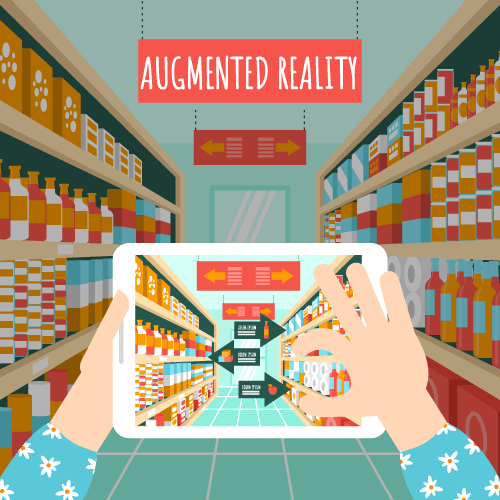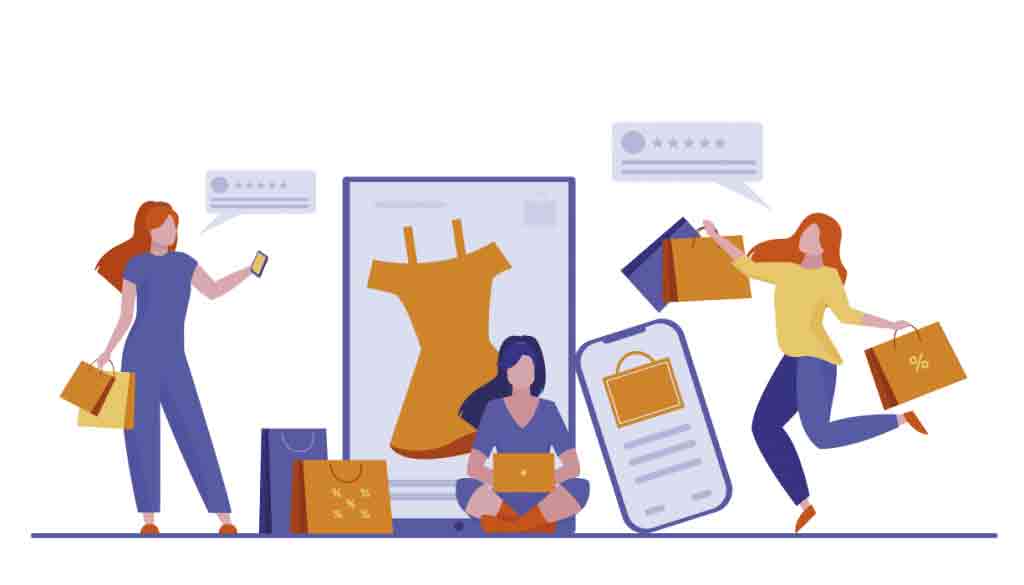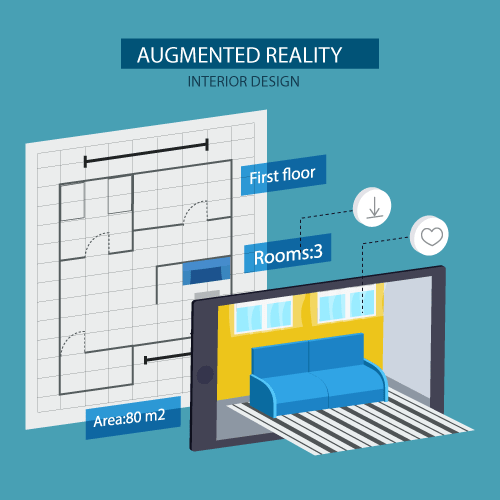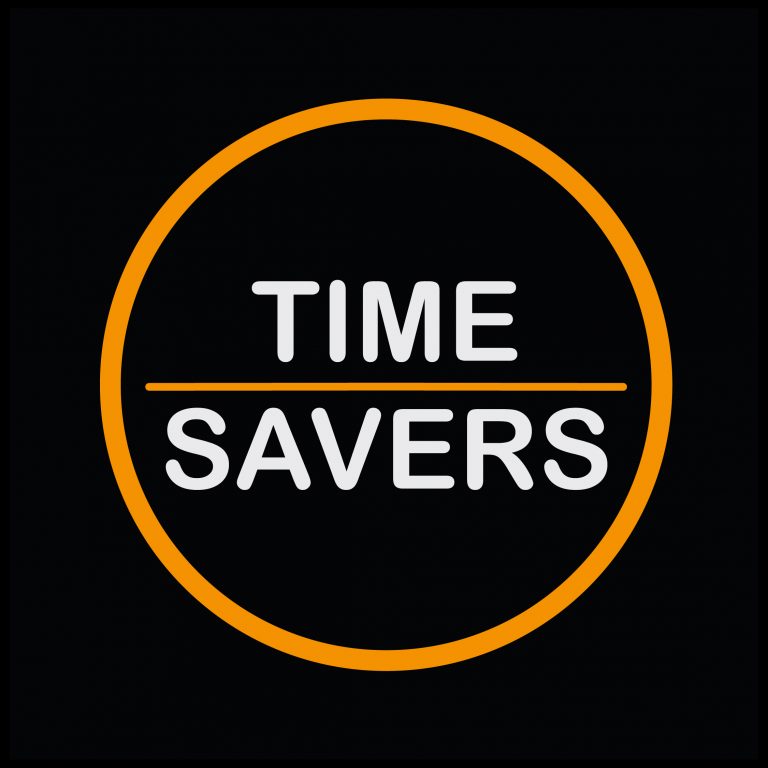Shopping has changed. Although physical stores are still popular, because people still like to see and touch what they buy, online shopping has been gaining in popularity more and more..
Online shopping and E-Commerce has been increasing as more and more people prefer doing their shopping online. This means businesses will need to adapt if they want their business to thrive or even survive.
Right now, we are living in the dawn of A-Commerce.
E-Commerce
Before we start talking about A-Commerce, let’s first of all, take a look at E-Commerce. Ever since the rise of the internet, more of us have been shopping online. By buying through websites, we can make purchases without having to leave the house.
More than convenience, online shopping has provided us with options that were previously unavailable, due to distance or other restrictions
What is E-Commerce?
A super simple E-Commerce definition is “Online Shopping”, and we’re not just talking about the big E-Commerce sites such as Amazon.
Many supermarkets have a website that allows you to do your weekly grocery shopping online.
What is A-Commerce?
A-Commerce has two meanings..
According to some, the “A” stands for automatic. This is when your purchases are made for you without you needing to go through the process of doing the online shop.
But it’s the other type of A-Commerce that we want to focus on today “Augmented Reality Commerce”.
Augmented Reality
What is Augmented Reality?
When you read “Augmented reality”, you might think of someone wearing augmented reality glasses. But in fact, the augmented reality definition is simply technology that works in conjunction with the real world.
There are several augmented reality apps on the market, one of the most popular is “Pokemon Go”.
Three types of Augmented Reality
There are three different types of augmented reality. Which one is going to be best to incorporate into your E-Commerce mechanisms will depend on what you’re selling.

Info-Overlay
Firstly, we have info-overlay. This is where you can find out additional information about something which is in front of you.
Such a tool is probably not going to be useful in purely e-commerce based companies. Still, it may be helpful if you have a physical building with a lot of history or even a museum.
A great example would be the British Museum who has an app that visitors can use to scan codes next to objects to learn more about them.
Virtual Objects
Secondly, Virtual objects allow users to see items that (from the perspective of their phones) are right in front of them.
A great example of this would be “Metro Archive”, an app that allows people in New York to see buildings that used to be there but have been taken down or changed.
Digital Packaging
And finally, there is digital packing. With this type of augmented reality, you can hold your phone up at packaging and have a fun animation.
A lot of companies that do this like to appeal to the younger generations (kids). McDonald’s has used digital packaging in the past. For example, in 2014, they allowed diners to turn their fries packet into a virtual soccer field.
Benefits of Virtual Objects
In the case of E-Commerce, the most popular form of A-Commerce is virtual objects.
There is a lot of digital software on the market. Even as someone who’s seen a lot of it, virtual objects still make me think “wow, that is some cool stuff”.
Maximize the customer experience
The first benefit of virtual objects is that it improves the customer experience. Instead of customers having to guess what something will look like, they can try it out to test before they buy it. This will save you a lot of money on processing returns, but also draw more customers towards your business.
Improve insights about leads and customers
Virtual objects can also allow you to get better insights, as you’re not just seeing what customers are buying, but also, what they’re thinking of buying.
If you notice a product has a lot of people testing it out through an A-Commerce but only a small number of them are actually buying it, you can begin to figure out why this is. Perhaps the prices are too high, or maybe they dislike the shipping process.

Fashion and Beauty
One industry that has significantly benefited from the use of virtual objects is the fashion and beauty industry. Because of this new marketing software, people no longer need to visit a store, or physically purchase a product to be able to tell if it fits or if they like it.
By being able to try things on in their home, customers are more likely to decide that they like what you’re selling.
Case Study: Converse
One clothing brand that has taken advantage of virtual objects is the shoe company Converse. They have developed an app that allows you to try shoes on before you buy them.
To use this app, you just have to select the shoe you’re interested in, and show your feet the camera. The app will then show the user what the selected shoes will look like on their feet.
With this information, the customer can then decide if they should get that shoe in a different size, or if they don’t like the design and wish to choose another one.
Case Study: Sephora
From my understanding women like makeup. But unlike clothing, you aren’t able to walk into a store and try on makeup to see if you like it.
Makeup brand Sephora has come up with a solution to this. They’ve developed an augmented reality app that allows you to see what you would look like if you were to put on their makeup. By releasing this app, Sephora found that not only are people able to try before they buy, without using any of their products, but it also worked as a great promotion.
Women were posting their selfies from the app and saying how much they loved the look.
Interior Architecture

Another industry that has benefited from the use of virtual objects is the interior architecture industry.
With the help of A-Commerce, customers are now able to see what their homes would look like with certain products before having to go through all the kerfuffle of needing to put it into their home.
Case Study: IKEA
World-famous furniture store IKEA has an app that allows you to see furniture into your home. Furniture (particularly the kind that you need to assemble yourself) isn’t the kind of thing that you want to buy, just to find that you hate.
With IKEA’s app, you can see what pieces of furniture you like the look of will look like in your house. You can even see if it would fit the room you want it to be in, and how much space it would occupy.
Case Study: Dulux
Have you ever seen a color that you like the look of, and decided to paint a room in that color, just to find that when you see it in front of you, you absolutely hate it?
But thanks to the paint company Dulux, you can now see what your walls would look like in a particular color before you even pick up a paintbrush.
Recently, Dulux has realized an app that allows you to take a look at your new walls before you paint them. To use the app, select the color you’re thinking of, and point your camera at your wall.
You can then decide if you like the look of things, or if this color isn’t for you. Now you can avoid spending hours painting for nothing.
Info-Overlay and Digital Packaging
Although Virtual Objects is the best-augmented reality for most E-Commerce sites, info overlay and digital packaging can be useful for other kinds of businesses.
If your physical shop has a lot of history behind it, you could use info overlay to help your customers understand how the building went from being built to being yours.
Digital packaging can be used to give your packets an extra spark of life, and cause you to stand out from the crowd.
Conclusion
E-Commerce is essential in the modern world. Particularly at a time when many of us are having to isolate due to Coronavirus. But E-Commerce now has a sidekick, A-Commerce.
Using augmented reality, you can significantly improve the experience that customers have when they use your E-Commerce platforms.















